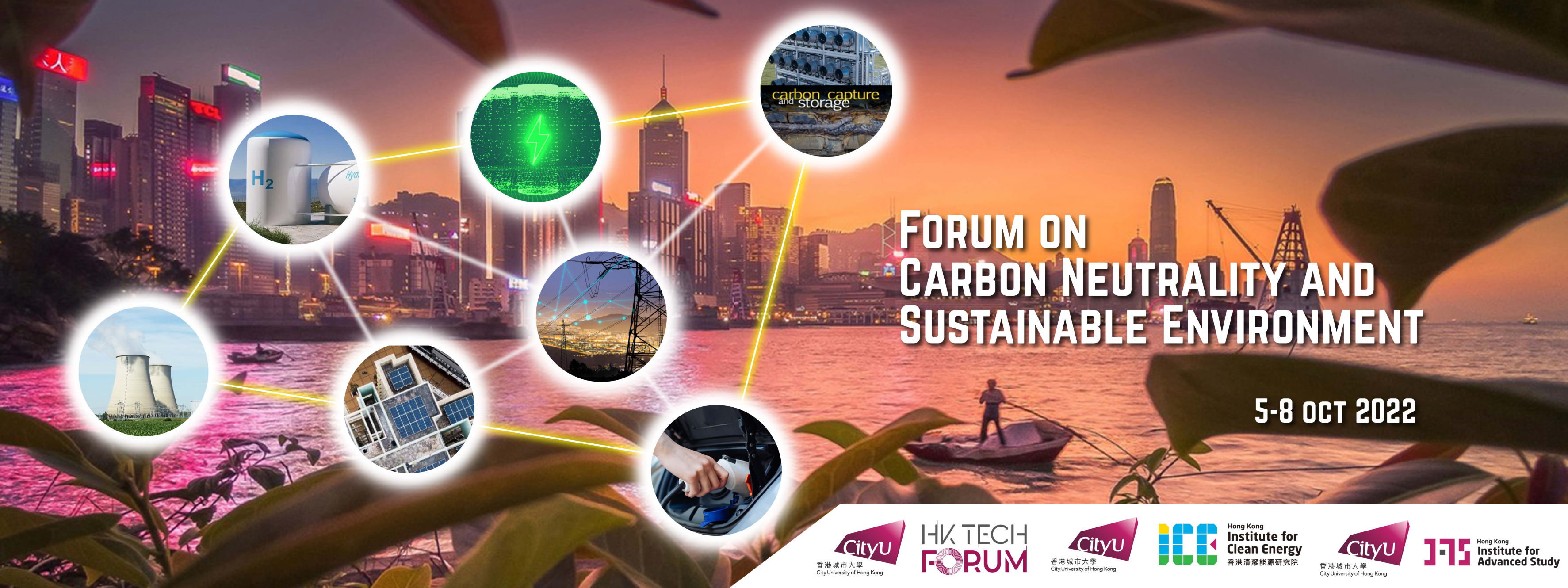Short Talk Speaker
Biography
Dr. Tso is currently an Assistant Professor of School of Energy and Environment at the City University of Hong Kong (CityU). He received his Bachelor’s degree in Mechanical Engineering (1st class), MPhil degree in Environmental Engineering and PhD degree in Mechanical Engineering from The Hong Kong University of Science and Technology (HKUST) in 2010, 2012 and 2015, respectively. He was awarded the Fulbright – Research Grant Council (RGC) Hong Kong Research Fellowship in 2014, and studied at the University of California, Berkeley (UC Berkeley) in 2015. Upon returning to Hong Kong from UC Berkeley, Dr. Tso worked as a Research Associate at the Department of Mechanical and Aerospace Engineering (MAE), HKUST from 2015 - 2016, before he was promoted to the rank of Research Assistant Professor (2016 - 2018). While at HKUST, Dr. Tso was also a Junior Fellow at the HKUST Jockey Club Institute for Advanced Study (2016 - 2018). In September of 2018, Dr. Tso joined CityU as an Assistant Professor.
Dr. Tso’s research focuses on understanding the fundamentals of heat transfer, energy conversion, and engineered materials. He strives to integrate theory and experiments to create innovative solutions for enhancing thermal management, built environments, space cooling and refrigeration, micro-droplet manipulation, and energy-efficient building technologies, making a great and global impact by addressing the biggest needs and issues in our world. Dr. Tso has published over 65 journal papers and more than 30 conference papers. He is recently listed among the top 2% of the world’s most highly cited scientists in 2022. Dr. Tso is also a Member of The Hong Kong Institution of Engineers (MHKIE) and The American Society of Mechanical Engineers (MASME). Dr. Tso is also active in entrepreneurship and technology transfer, and has obtained more than 10 international patents and has been involved in setting up a start-up in late 2012.
Next Generation of Green Building Technologies: Passive Radiative Cooling and Thermochromic Smart Windows
Edwin Chi Yan TSO
Abstract
With the development of economy, the energy consumption of air conditioning systems has become a major concern. This problem is more serious in Hong Kong, which is located in the subtropical region and has a hot and humid climate. Therefore, the research and development of green building technologies for air conditioning energy-saving plays a vital role in addressing the issues of climate change and energy crisis for both Hong Kong and the world. In this talk, we present a new technology that combines passive radiative cooling and thermochromic smart windows to provide new insights for building energy saving. Specifically, the patented passive radiative cooler is applied to the roof and exterior walls, which can reflect almost all sunlight while emitting mid-infrared thermal radiation to the cold universe, thereby achieving an "electrical-free cooling" effect. We have fabricated a passive radiative cooling ceramic tile, showing a strong solar reflectivity (99%) with high mid-infrared emissivity (95%). A local field test has also been conducted in which the surface temperature of the cooling ceramic tile is ~10 °C lower than a commercial white ceramic tile with a cooling power of 130 W/m2. In addition, the thermochromic smart windows can automatically change their color subject to the ambient temperature, intelligently tuning the heat gain and loss through the windows, so that the indoor environment can be warm in winter and cool in summer. Specifically, we have developed a near-infrared-activated thermochromic perovskite smart window in which the window can selectively absorb near-infrared to generate heat and activate the thermochromism of perovskite, smartly modulating the solar heat gain from the window. This high-level smart window demonstrates reversible color change with a transmittance of τlum = 65.7% and 25.6% at the cold and hot states, smart solar modulation ability of Δτsol = 17.5%, strong near-infrared absorption of ANIR = 78.2%, and low emissivity of ε < 0.3. Importantly, for the first time, under natural sunlight without any atmosphere control strategies, a self-activated reversible thermochromic cycle is successfully observed in the field test, which is highly desired in practical applications. Moreover, a large 8 oC indoor air temperature reduction is achieved by using the window. Overall, combining with passive radiative cooling and thermochromic smart window technologies, the cooling load of air conditioning can be effectively reduced, achieving significant building energy saving and carbon reduction. The technologies will not only reduce energy consumption and help address the problem of climate change but also bring innovative ideas to the green building industry, promoting economic development and carbon neutrality globally.

Figure 1: Smart and green building “skin” technology: passive radiative cooling and thermochromic smart windows

